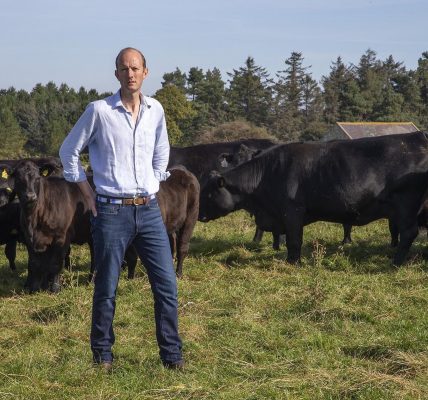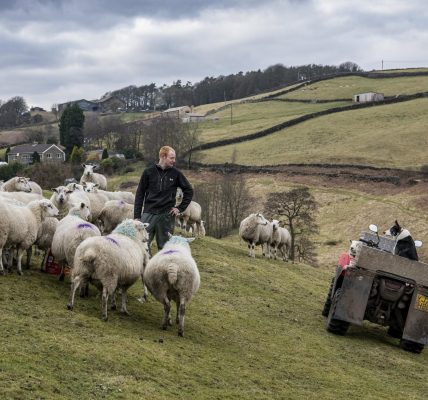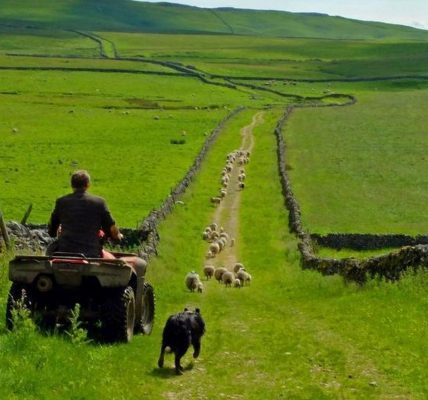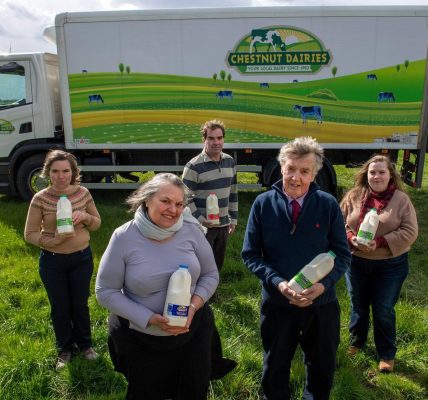Nature reserve which transformed an industrial wasteland into a wildlife haven given SSI status
Nature reserve which transformed an industrial wasteland into a wildlife haven given SSI status
A nature reserve created on an industrial wasteland nicknamed ‘Hell’s Kitchen’ has been officially recognised as a Site of Special Scientific Interest (SSI).
Natural England has designated Dearne Valley Wetlands which lies primarily along the River Dearne, and its tributary the River Dove, near Barnsley, as an SSI with its population of willow tits – one of our most threatened native bird species – a “key factor” in the decision.
As well as the willow tit, whose numbers have declined by 94 per cent since the 1970s, the wetland site now attracts birds such as bittern, garganey, lapwing, redshank and avocet.
As well as creating a haven for wildlife, large parts of the wetlands that now form part of the SSSI were established by the Environment Agency to manage flood risk, slowing the flow of water down the Dearne Valley to the River Don, including Bolton Ings, Adwick and Houghton and protecting communities along the rivers Dearne and Don.
Anthony Downing, Environment Agency catchment co-ordinator for the Don and Rother, said: “In the 1980s, the Dearne Valley was a post-industrial landscape including the bulldozed remains of the pits, spoil heaps, coking plants and railway marshalling yards, known locally as ‘Hell’s Kitchen’ because of the frequent fires that broke out there.
“The transformation of the Dearne Valley following the closure of the coal mining industry and coke works to this remarkable landmark of SSSI notification is a truly fantastic achievement, and it is thanks to the tireless efforts of a partnership of organisations and dedicated individuals.
“One of the key drivers of the habitat regeneration was combining nature with flood risk solutions – the washlands still provide the flood risk protection but also wider benefits not only for wildlife but also create a ‘green lung’ for the people of the Dearne Valley.”
The new SSI site links different pockets of valuable habitat in the Dearne Valley area between Pool Ings near Royston in the north, a large area between Worsbrough in the west, and Adwick Washland in the east.
And RSPB US and Humber Area Manager Richard Barnard said the history of the area showed how investing in nature was a “vital” part of addressing the challenge of climate change.
In 2003, the charity took over management of Old Moor Nature Reserve, established by Barnsley Council in 1998 and one of the catalysts for the area’s regeneration.
“The restoration and improvement of the Dearne Valley into the nationally important home for wildlife that it is today is one of the great success stories in UK nature conservation,” said Mr Barnard.
“The history of the Dearne shows how investing in nature is vital for addressing the nature and climate emergency and can help bring wildlife back to the nature-depleted environments from which it has been lost.
“In the Dearne Valley, investment in sites like RSPB Old Moor has led to wetlands that help protect homes and businesses from flooding, provide jobs for local people, and offer amazing, nature-rich recreation opportunities, as well as homes for wildlife.
“This has only come about because of the combined efforts and commitment of all involved. From the local birders protecting the original wetlands through to the partners involved today, it has been a real team effort that should bring hope to everyone.”
Natural England said it worked with a number of organisations on the SSSI proposal, including the RSPB, US Wildlife Trust, Garganey Trust, Environment Agency, Barnsley, Rotherham and Doncaster councils, together known as the Dearne Valley Green Heart Partnership.
“The designation as a SSSI ensures the national importance of this place for nature and people can be fully taken into account in future decisions regarding its use and management,” said Paul Duncan, Natural England Area Manager.
“Many areas of the Dearne Valley Wetlands have public access including the RSPB reserve at Old Moor, so it not only protects valuable habitat but it also gives opportunities for local people and visitors to experience and connect with the rich wildlife of the valley, as well as provide economic benefit to the area,” he added.
Coun Tim Cheetham, cabinet spokesperson for Regeneration and Culture, said: “The fantastic news that the Dearne Valley Wetlands is being designated a Site of Special Scientific
Interest is testament to the incredible work of a huge number of people and organisations over many years.
“This designation demonstrates that through much hard work and commitment, it’s possible to see tremendous recovery of habitats and animals in areas where more than a century of industry has weighed heavily on the landscape.”










